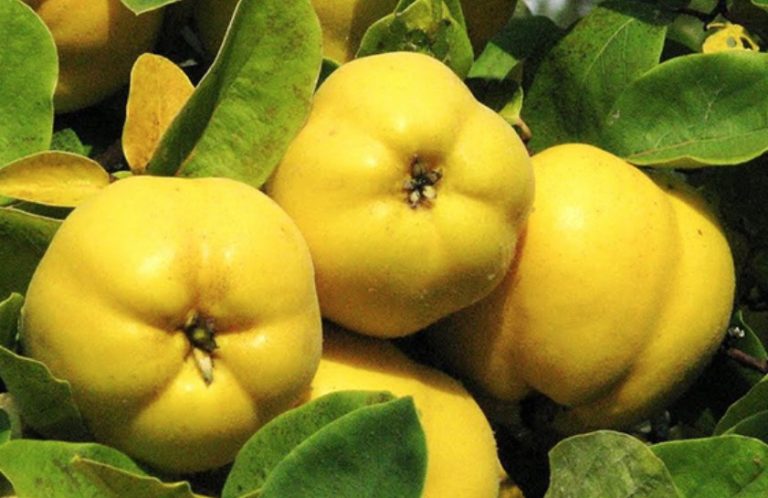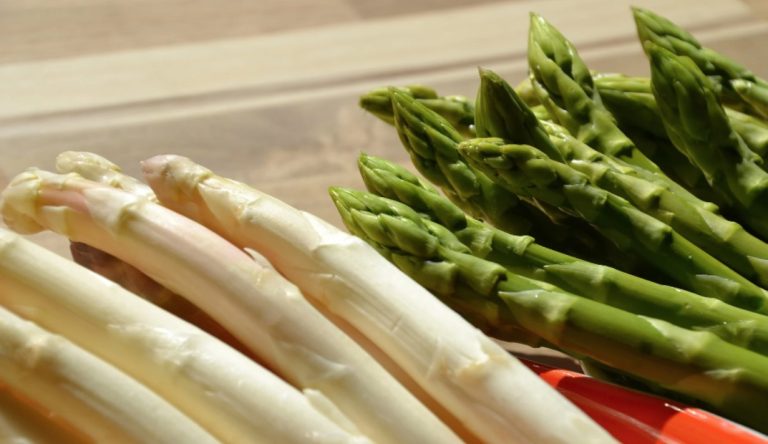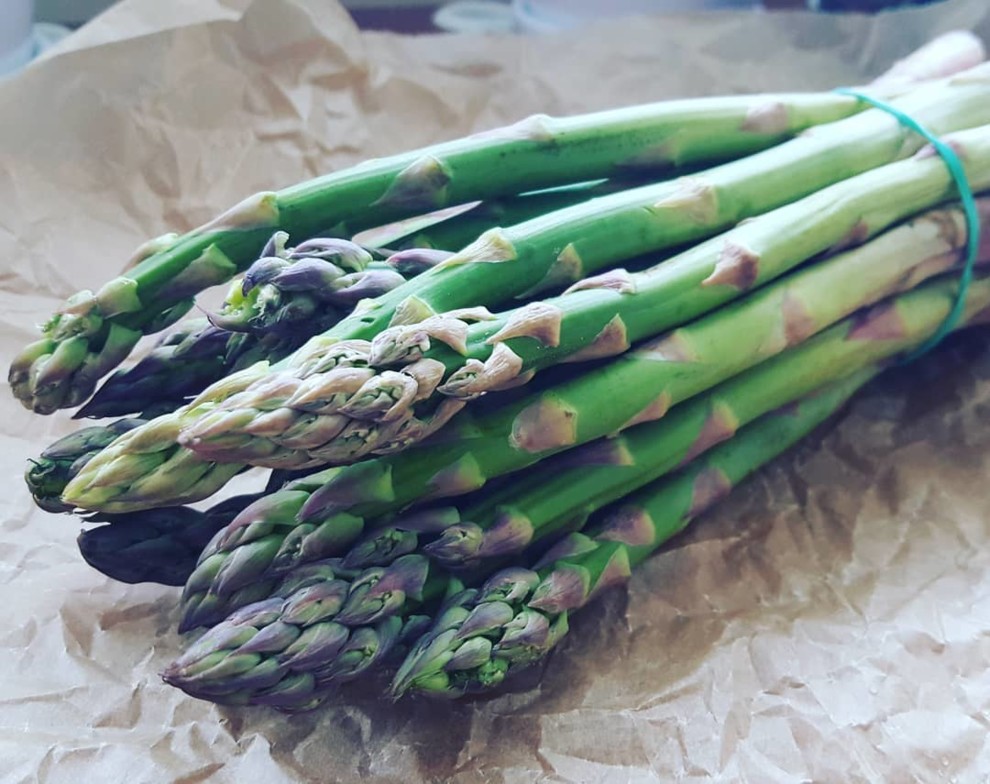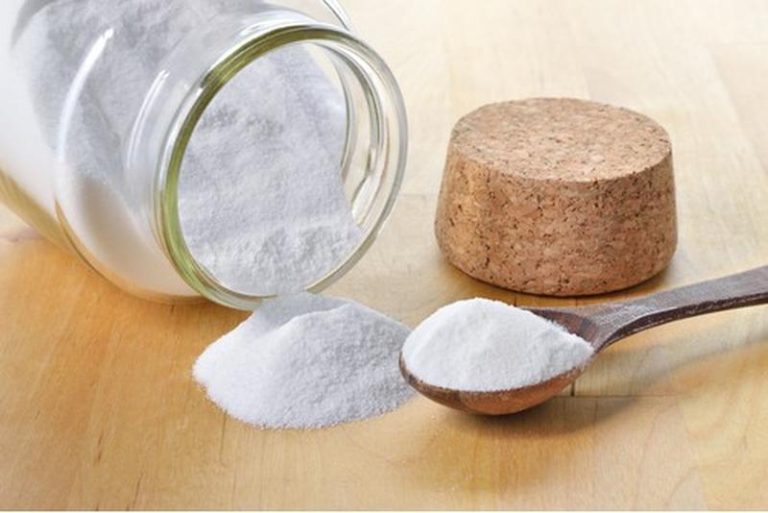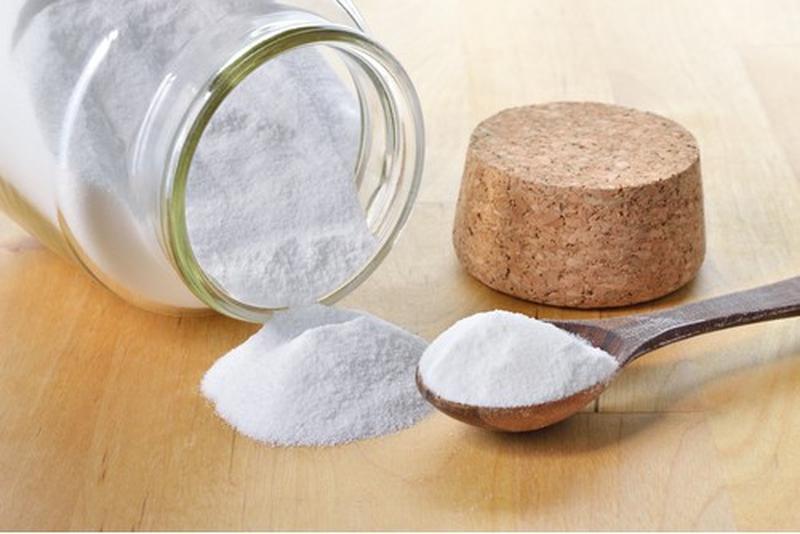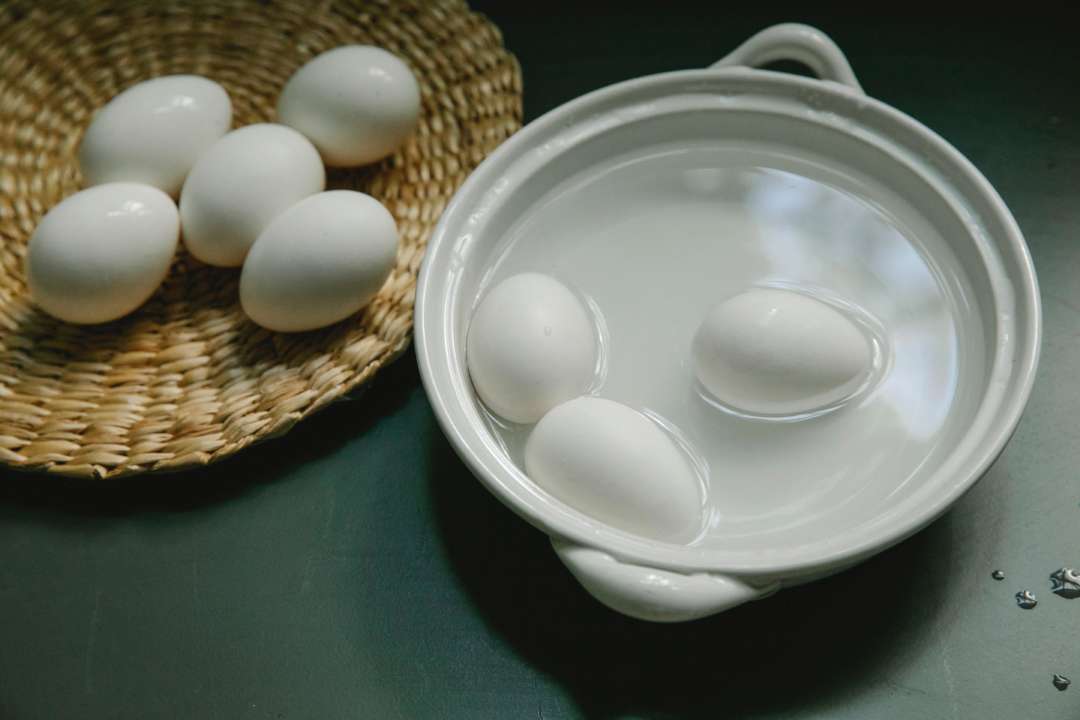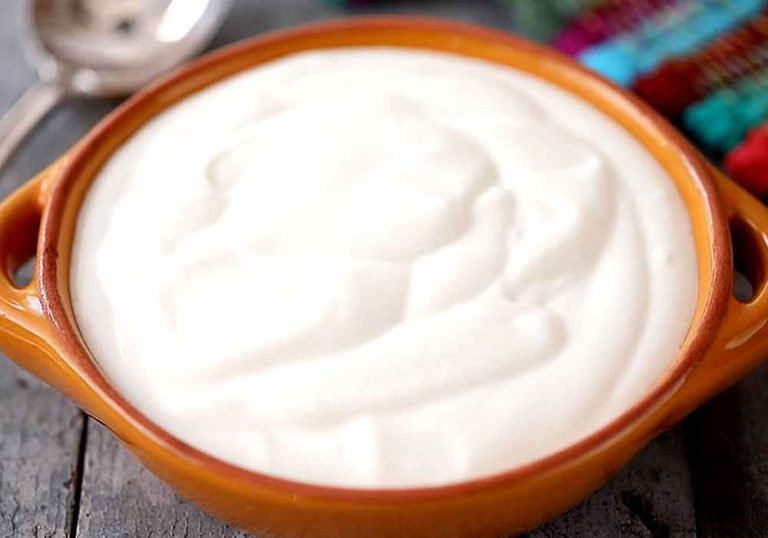If you want to store quinces, you should consider a few things. Then you will have something of the versatile regional fruit for a long time if you do not process it directly.
The quince is an old native fruit that you can harvest well into November. The naturopath Hildegard von Bingen even considered it a local medicinal plant. Quinces have lost importance compared to other types of fruit – also because they are comparatively complex to process.
But this effort is worth it. The quince is making a real comeback at the moment. Especially for people who strive for self-sufficiency, it is a good source of vitamins and a refreshing change from typical autumn fruits such as apples. The organic quince farmer Marius Wittur says in an interview that he appreciates the diverse flavors of the fruit, which range from “pomegranate to kiwi to citrus fruits”.
If you store quince properly, you can enjoy the fruit well into winter. In this article you will learn everything about storing quinces.
Storing quinces: when does it make sense?

Quinces are very suitable for jam or jelly as the fruit naturally contains pectin. Pectin ensures that the quince jam does not remain liquid, but gels. If you process your quinces into jam immediately after harvesting, for example, you no longer have to worry about storing them.
There are two possible reasons you might want to store your quinces:
You don’t want or can’t process them right after harvest.
You have a variety of quince that is edible raw and want to have some of the unprocessed fruit for a long time.
Store quinces or process them directly: tips for harvesting
When it comes to quinces, there is no single best time to harvest. Depending on the variety and the weather of the year, the harvest can extend from September to November. However, the most important factor in determining when to harvest is what you plan to do with the quinces.
1. Process quinces directly
If you want to process them directly, you should first let the quinces ripen on the tree and process them immediately after picking. When fully ripe, quinces only keep for a week or two. When harvesting, you should consider the following points:
Fully ripe quinces are golden yellow in color and no longer have soft down.
When your quinces have a very strong, spicy smell, they’re ready to harvest.
They can easily be twisted off the tree.
Cut open a fruit and look at the pips. Quinces are ripe when the pits have turned brown.
However, it is also important that you do not leave the quinces on the tree for too long: it is best to harvest them before the first longer frosts and before they develop brown spots.
Tip: Typical uses of quinces are jam, jelly or quince bread. Quince juice, quince chutney or quince cake are also delicious. In hearty stews, quinces provide sweet-sour notes and exciting aromas.
2. Store quinces
Would you like to store your quinces and not process them immediately? Then you have to consider these points during the harvest:
Harvest quinces before they are fully mature.
It is best to harvest at the point where the color changes from green to yellow.
The fruits slowly begin to lose their fluff. It can still be felt in some places.
Be careful not to bruise your quinces, so harvest them carefully. Bruises could later become rotten spots and significantly reduce storage time.
However, you should not harvest the quinces too early, as they will then not be able to develop their full aroma.
Some quince varieties are better suited to storage than others. For example, the “Franconian house quince” lasts a few months in storage. The “Portuguese pear quince”, on the other hand, should be used up quickly.
Storing quinces: how to keep them for a long time

If you harvest your quinces at the transition point from unripe to ripe, they will keep for another two to three months if stored correctly. An old storage cellar normally meets the necessary criteria – it just must not be damp. More modern cellars are usually too warm. This is the best way to store quinces:
Place the fruit in a single layer next to each other in boxes or boxes.
Wood shavings or newspaper are suitable as a base.
The temperature should be below ten degrees Celsius, zero to two degrees Celsius would be optimal.
It is important that the store is frost-free.
Only undamaged quinces are suitable for storage. If they are already eaten, have a slight bruise or something similar, then it is better to process them directly.
Do not store the fruit with other fruit. They quickly transfer their strong smell to other strains.
In particular, you should not store apples and quinces together. Apples give off the plant hormone ethylene, which accelerates the ripening process.
You should also heed these tips:
Check your stored quinces about once a week and sort out any rotten specimens.
Are very icy nights ahead and you are afraid that your fruit might break? Then protect them from freezing, for example with woolen blankets.
If the storage time is very advanced, your quinces may turn brown on the inside. Now you should process them as quickly as possible.

